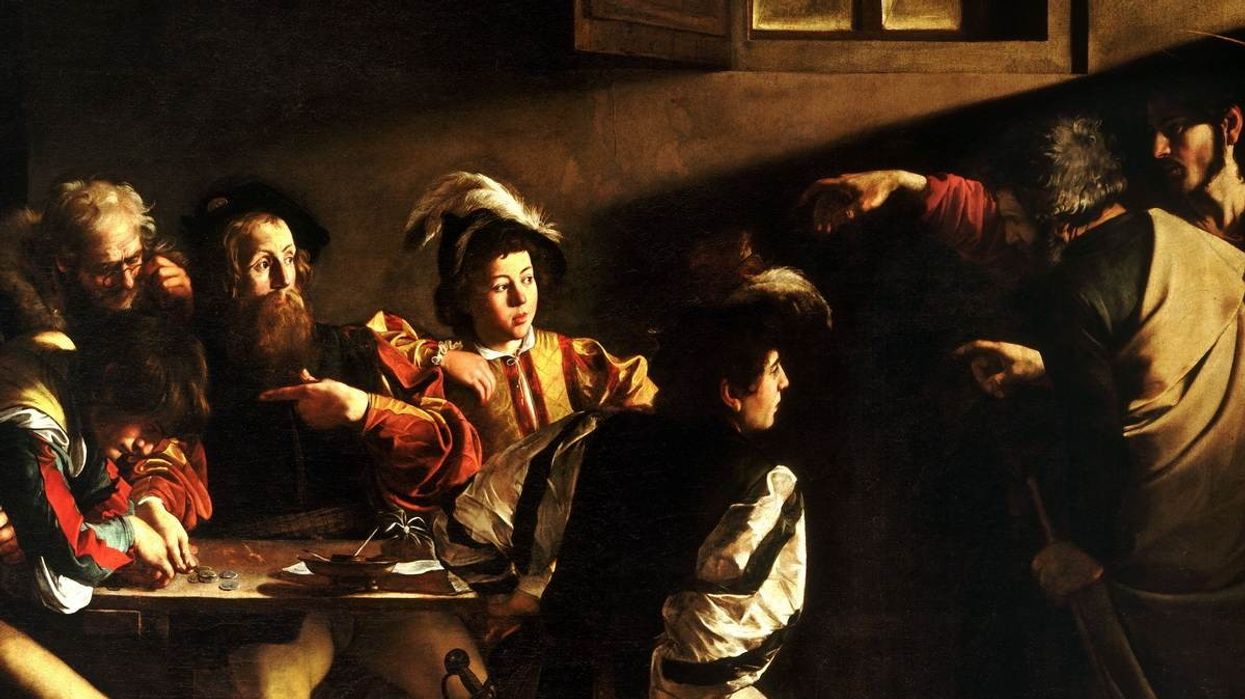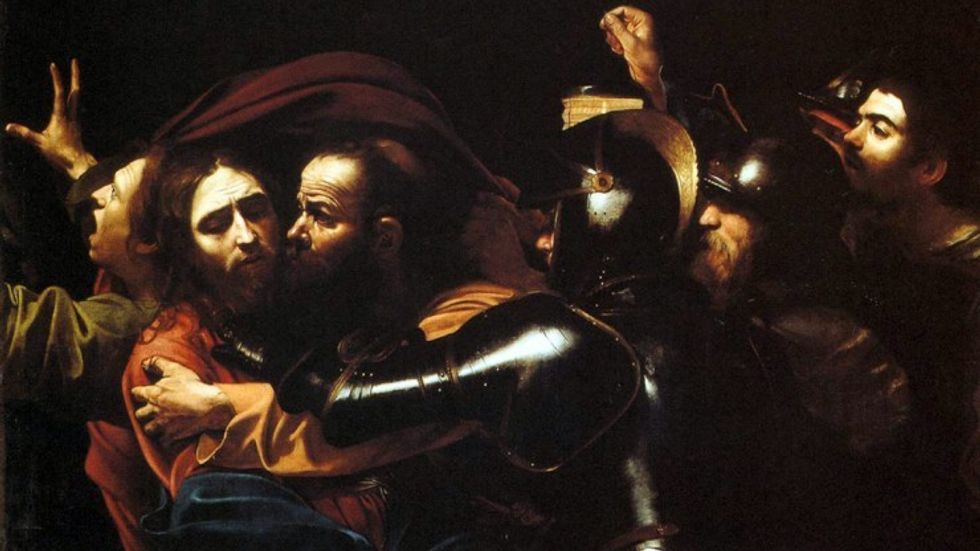What Can Filmmakers Learn from Caravaggio, the Master of Light?
We can learn a whole lot from the past...even from a time before cameras.

I love artists and art—that might make me snobby. The truth is, I don't really know much about them. I look at a lot of pictures of art to try and come up with scenes and then use them to jump off into ideas for movies. And I think I drop an Andrew Wyeth reference into half the articles I do on this site.
Anyway, all this is to say, I really value how artists, painters specifically, have influenced filmmakers.
I think we still have a lot to learn, especially with the way they use and direct light.
In this video, Evan Puschak, a.k.a. Nerdwriter, delves into how Italian Baroque painter Caravaggio created light in his work. Give it a watch and let's talk after the jump!
What Can Filmmakers Learn from Caravaggio, the Master of Light?
As filmmakers, we are always trying to make people lean in, and what better way to get them to do that than engage with them emotionally. We forget that long before we were around, painters and sculptors were the ones capturing human form and stories.
Caravaggio was a master at doing this. Although he only lived until he was 38, the works he left on this earth can teach us a lot.
Take this painting, "The Taking of Christ."
Look at how we can see the light coming down from the heavens, how it makes only their faces recognizable, while their bodies look sort of held together.

We call this kind of light "chiaroscuro." In art, it is the use of strong contrast between light and dark, shadows with fast falloff, and bold contrasts affecting a whole composition. When we see it in paintings like this, it is defined as tenebrism.
Tenebrism is from the Italian "tenebroso" which means "dark, gloomy, mysterious." This is occasionally called dramatic illumination and is a style of painting using especially pronounced chiaroscuro lighting, where we get violent contrasts of light and dark, and where darkness becomes a dominating feature of the image.
And there's a lot of darkness in betrayal. What I think we can learn from this stuff is just the way story is framed. It's the ultimate "Show, don't tell."
See how Judas is leaning in with a nefarious glint in his eyes?
And Jesus is leaning back, still with some resistance to being killed?
You see John fleeing in the background while Peter does battle. There's an entire story here in just one frame. It helps that I went to 12 years of Catholic school, but even if you didn't, you could still infer a lot of these detail.
So, the next time you are staging a scene, think about Caravaggio—and tell us everything while saying nothing. Just use light. And staging. And a video camera. Because you are probably not as good of a painter. And if you are...I am jealous.
Up next: What Does Van Gogh's Ugliest Painting Have to Do with Filmmaking?
Three months after Van Gogh painted "Night Cafe," he had a mental breakdown and cut off his ear. So what can filmmakers learn from what he considered to be his biggest failure?











